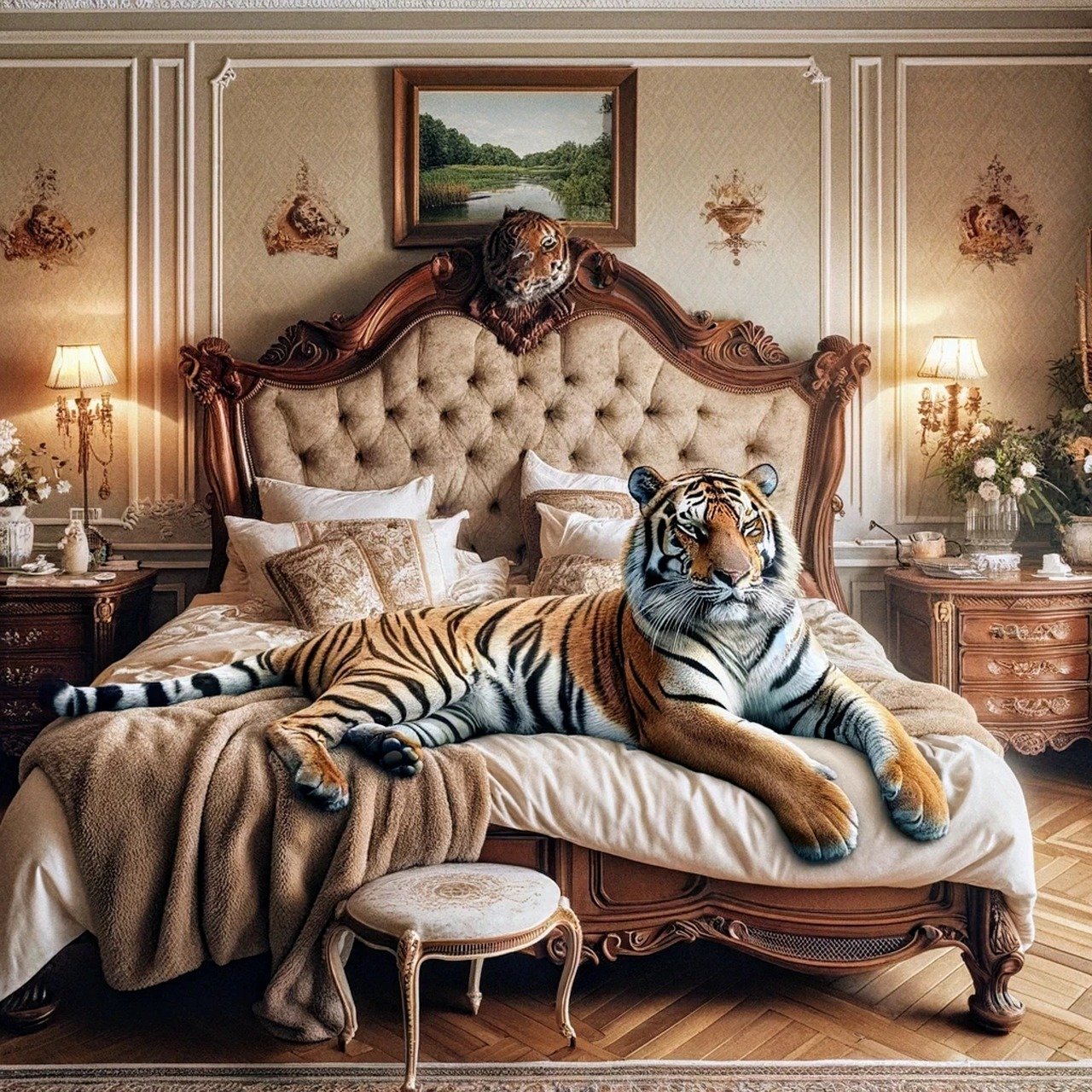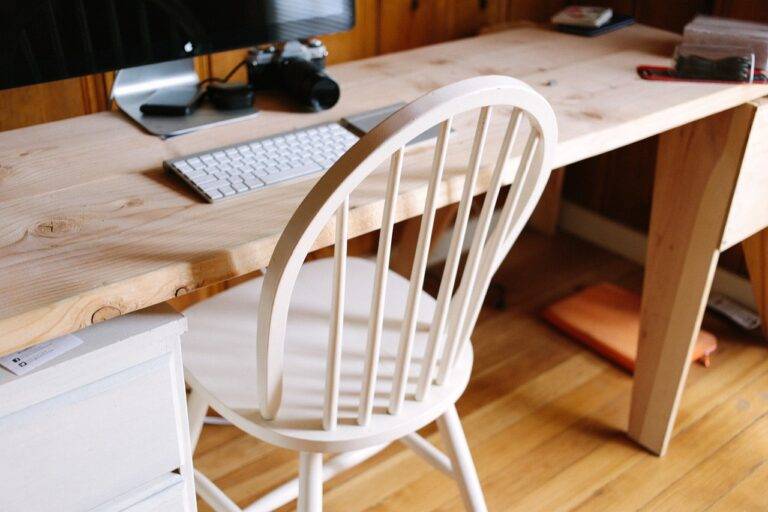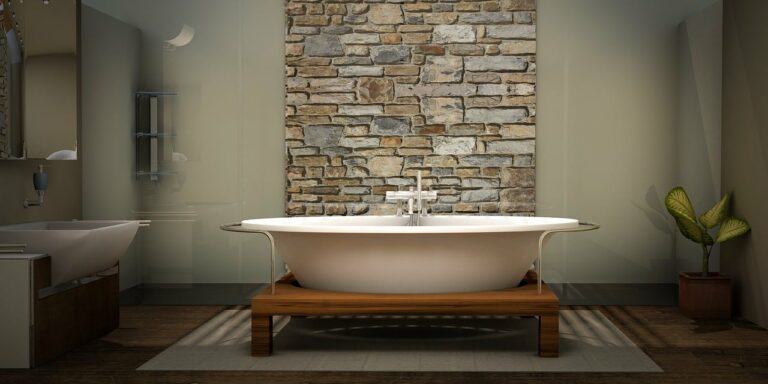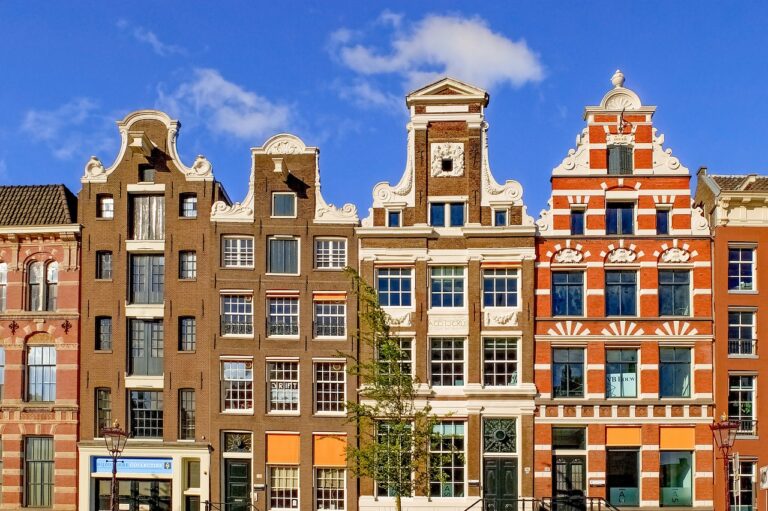The Influence of Industrial Chic Design in Home Improvement
Industrial chic design is characterized by its raw and unfinished look, blending the sleekness of modern aesthetics with the ruggedness of industrial elements. Exposed brick walls, concrete floors, and metal fixtures are staple features of this style, creating a sense of urban living in any space. Incorporating reclaimed wood furniture and factory-inspired lighting adds a sense of history and authenticity to the design, making each piece a statement in its own right.
One of the key elements of industrial chic design is the emphasis on functionality and minimalism. Industrial spaces often feature open layouts and high ceilings, allowing for the natural flow of light and air throughout the room. The use of utilitarian materials such as steel, iron, and glass reflects the practicality of industrial design, while also adding a touch of sophistication to the overall aesthetic. By embracing the beauty of imperfections and celebrating the history of the space, industrial chic design creates a unique and timeless appeal that is both inviting and stylish.
Characteristics of Industrial Chic Style
Industrial chic style is characterized by its raw, unfinished look that embraces the beauty of utilitarian elements. Exposed brick walls, concrete floors, and visible ductwork are common features that give spaces an industrial edge. The use of metal accents and reclaimed wood furniture further enhances the rugged aesthetic of industrial chic design.
A neutral color palette consisting of grays, black, white, and earth tones is typically employed to complement the industrial feel of the space. Mixing different textures such as metal, wood, and leather adds depth and interest to the design. Industrial chic style often incorporates vintage or salvaged items, adding a sense of history and authenticity to the overall look.
History and Origins of Industrial Chic Design
Industrial chic design first emerged as a trend in the late 20th century, drawing inspiration from industrial spaces like factories, warehouses, and lofts. This design style showcases raw yet refined elements such as exposed brick walls, metal beams, and distressed wood surfaces. The aesthetic combines elements of utilitarianism with a touch of modern elegance, creating a unique blend of functionality and visual appeal.
Originating from the transformation of old industrial spaces into residential areas, industrial chic design embraces the beauty of imperfection and celebrates the history of a space. This design approach values authenticity, incorporating salvaged materials and repurposed objects to add character and depth to a room. Industrial chic design has continued to evolve over the years, becoming a popular choice for interior decor enthusiasts seeking a blend of urban charm and contemporary sophistication.
What are the key elements of Industrial Chic Design?
The key elements of Industrial Chic Design include exposed brick walls, metal piping, reclaimed wood furniture, and vintage industrial lighting fixtures.
What are the characteristics of Industrial Chic style?
Industrial Chic style is characterized by its combination of raw, unfinished elements with sleek, modern touches. It often features a mix of industrial materials such as metal, wood, and concrete.
When did Industrial Chic design originate?
Industrial Chic design originated in the 1970s when artists and designers began repurposing old factories and warehouses into living spaces. It has since gained popularity for its unique blend of history and modernity.
How has Industrial Chic design evolved over time?
Industrial Chic design has evolved from its roots in repurposed industrial spaces to become a popular interior design style for homes, restaurants, and commercial spaces. It continues to incorporate new trends and materials while staying true to its industrial origins.







